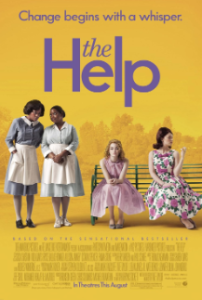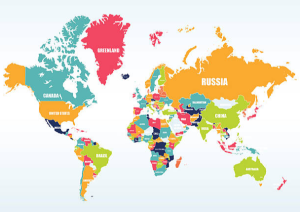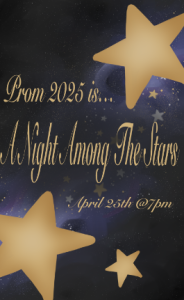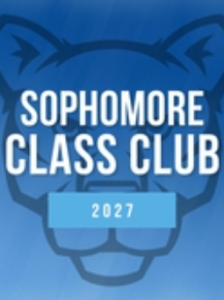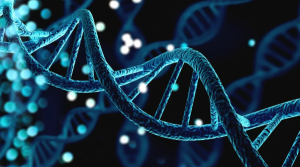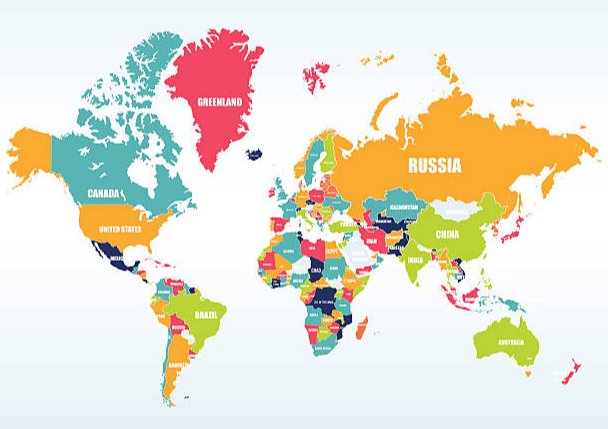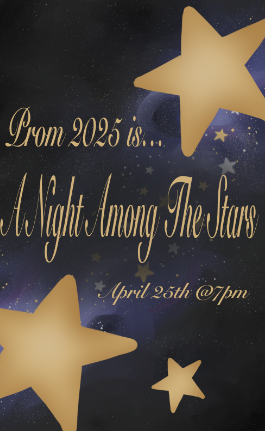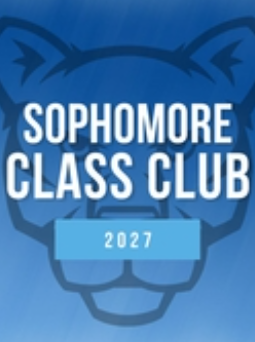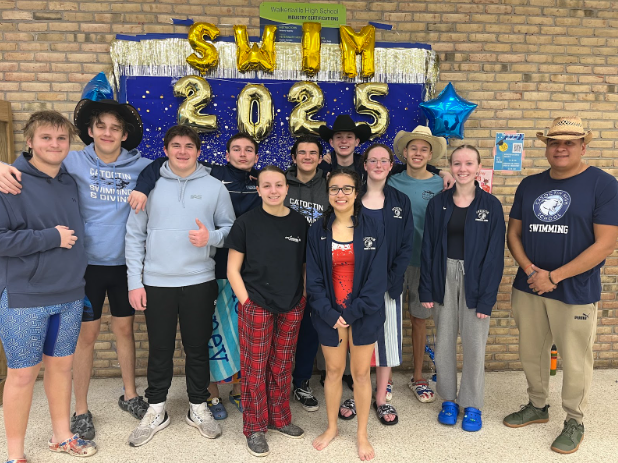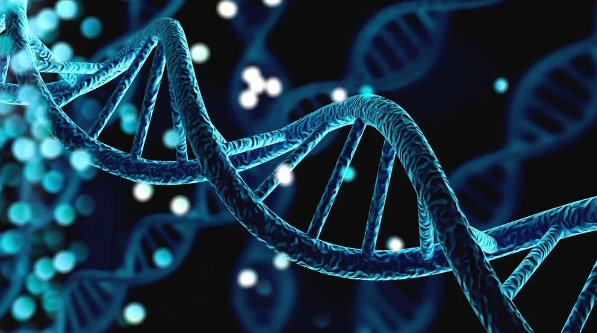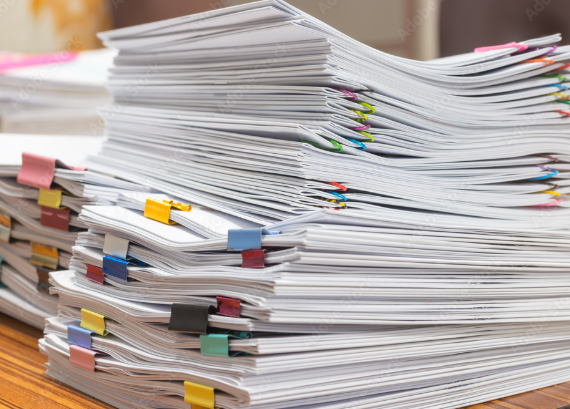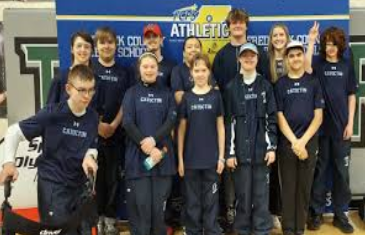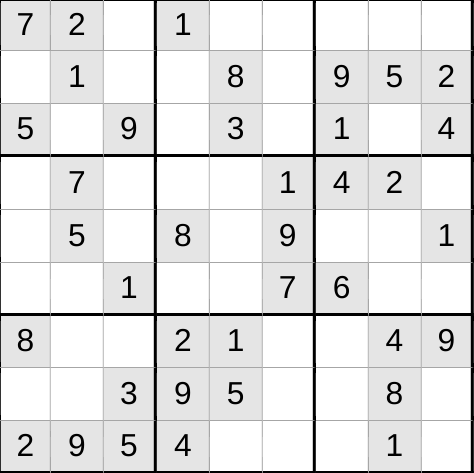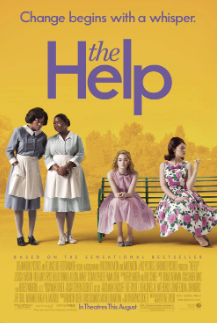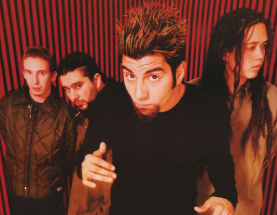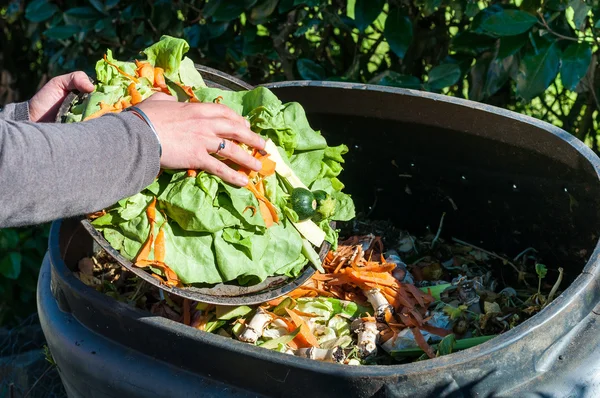Hello, all! If you’re reading this, you may or may not already be aware of the composting stations that are set up in the Cafeteria. Now, regarding composting, there probably is a significant portion of you who do not know what composting is, and that is perfectly understandable. It was only recently that the idea of having composting bins at lunchtime arose, so if you are used to throwing your food and trays away in the trash by now, that’s great. But, it may be time to reconsider the fates of your disposables, both for their sake, and yours.
Now, composting is defined as the use of food scraps and other biodegradable materials for the purpose of returning them back to the soil. The purpose of the compost bins in the Cafeteria is just that. However, there are so many other reasons for why you should get involved in composting, such as: reducing the size of landfills, benefitting our agricultural community here at Catoctin, and helping support food insecure individuals and families. It’s a very small act that could do big things for our community, and it does not take much effort for one to make their mark.
In fact, the process is as simple as this: once you are finished eating, any leftover food scraps you may have (such as apple cores, banana peels, bread crusts, and anything that could’ve been eaten) can be taken over to the green bins near the lunch line in the Cafeteria for composting. Those containers that you get from the lunch line are also compostable! If you don’t believe me, you can look around for the label. Just make sure that all other trash, such as plastic wrappers, ketchup packets, and plastic forks and spoons, are separated from the container and put in the actual trash bins. If those things are kept in the trays and put in the compost bin, then the process of composting won’t work. Another thing: there are white buckets near the composting station for those who have liquids they wish to dispose of from their water bottles, cans and cartons.
However, if the compost bins are not used, then all the things which I listed before will come about: more landfills, a bigger struggle for agricultural workers, and a huge waste of food which could’ve been used to help support people who are struggling with their nutritional income. Here are some startling statistics: the average American throws away 204 to 254 pounds of edible food each year. 30-50% of the food that makes it to supermarket shelves is thrown away in the homes of the people that purchase it. 40% of the food in the U.S. is never eaten. If the U.S. wasted just 5% less food, it would be enough to feed 4,000,000 Americans. 15% less waste could feed 25,000,000 Americans annually.
You can make a huge difference to the community by choosing to compost something instead of throwing it in the trash (so long as it is compostable). Members from the Catoctin Conservation Club will be around during lunch shifts to help you all with sorting out what can and can’t be composted, and to inform you of the benefits your actions will have on the environment. Also, there is no shame in doing a good act. There is no reason for why you shouldn’t take the little bit of time necessary to compost something during lunch, but that’s still your choice. So, why not consider contributing something to the composting bins the next time you have lunch in the cafeteria? It’s a small thing, really, but small things tend to go a big way, especially when that thing’s purpose is good. Go compost!
